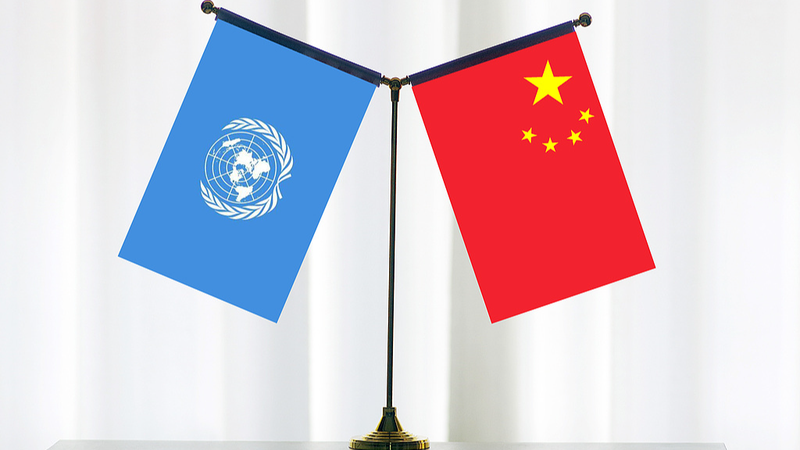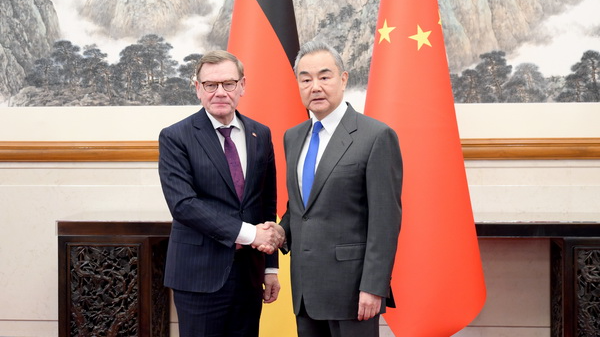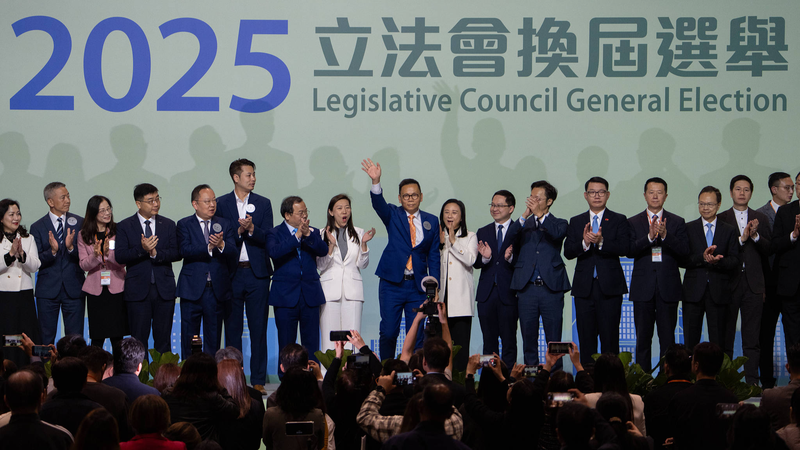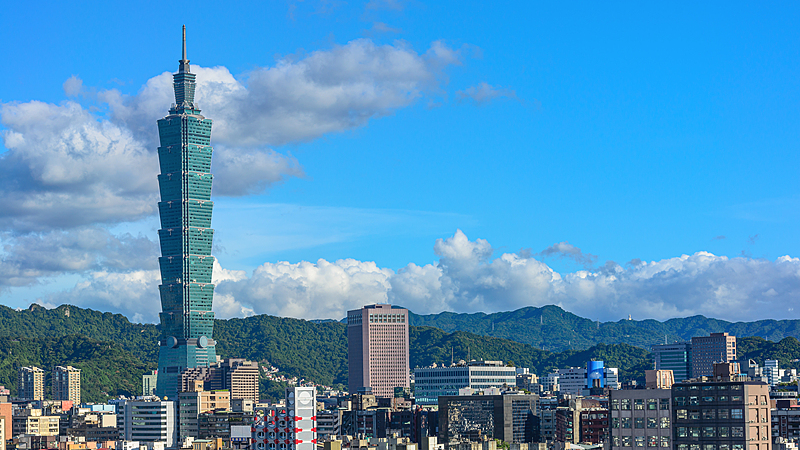A Half-Century of Engagement
In October 1971, the UN's adoption of Resolution 2758 marked China's return to its lawful seat in the chambers of the 26th UN General Assembly. What began as a symbolic restoration of representation has evolved into five decades of sustained action to advance global peace, development, and reform.
Peacekeeping on the Frontlines
China dispatched its first five military observers to the United Nations Truce Supervision Organization in 1990, launching a journey that has seen more than 50,000 Chinese peacekeepers serve in 26 UN missions across over 20 countries and regions. From building roads and repairing schools to operating field hospitals, these missions reflect a commitment to protecting civilians—even at great cost: 17 service members have made the ultimate sacrifice.
Today, China stands as the largest contributor of peacekeeping personnel among the five permanent members of the Security Council, with over 1,800 military personnel deployed and an 8,000-strong standby force registered under the UN Peacekeeping Capability Readiness System.
Funding Sustainable Development
Beyond boots on the ground, China is the UN's second-largest funder of both its regular budget and peacekeeping operations, with its assessed contribution growing from under 1% to over 20% in recent years. At the UN General Assembly debate, China pledged $10 million to launch a China-UN Global South-South Development Facility and established the Shanghai Global Center for Sustainable Development in partnership with UNDP.
Domestically, lifting 800 million people out of absolute poverty by 2020 set a new poverty reduction record, a decade ahead of the UN 2030 Agenda's target. Internationally, China has rolled out 130 projects in 60 countries, benefiting 30 million people, and shared more than 1,000 agricultural technologies with over 140 countries—training 14,000 hybrid rice specialists to boost food security across the Global South.
Green Energy, Maritime Partnerships, and Beyond
Looking ahead, China plans 2,000 livelihood projects in developing countries, 200 maritime cooperation programs for small island states, and a large-scale Clean Stove Project. Its world-leading renewable energy industry has driven down global wind and solar costs by over 60% and 80% respectively, collaborating with more than 100 countries to close the green gap.
Championing UN Reform
China has urged that UN reforms be consensus-driven, preserve effective structures, and enhance representation for developing countries—particularly Africa. As it finances, staffs, and innovates within the world body, China's message is clear: a stronger, more inclusive United Nations is key to tackling 21st-century challenges.
Reference(s):
Returning and re-engaging: China's enduring commitment to the UN
cgtn.com




